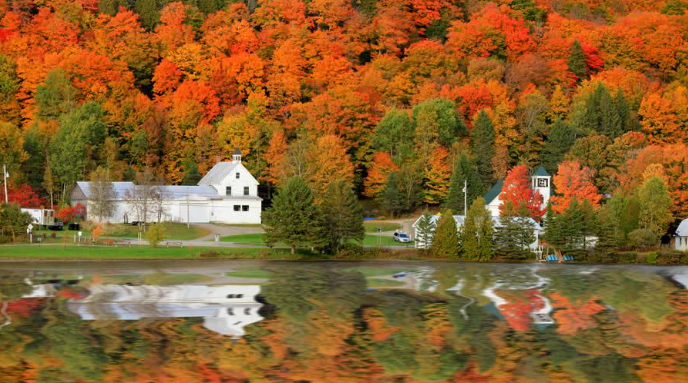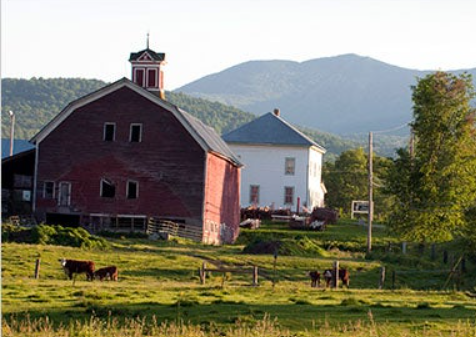Discover the fascinating nuances of Vermont weather, from its picturesque snowy winters to its vibrant autumn foliage, and how locals navigate the ever-changing conditions.
Vermont, known for its idyllic landscapes, maple syrup, and vibrant culture, is also renowned for its unique and ever-changing weather patterns. From snowy winters that transform the landscape into a winter wonderland to warm summers perfect for outdoor adventures, Vermont offers a diverse array of weather experiences throughout the year.
Four Distinct Seasons
One of the most captivating aspects of Vermont weather is its distinct four-season cycle. Each season brings its own set of weather patterns, activities, and scenic beauty.

Winter Wonderland
Winter in Vermont is synonymous with postcard-perfect scenes of snow-covered landscapes and cozy fireside gatherings. From December through March, the state transforms into a winter wonderland, with average snowfall ranging from 60 to 100 inches in different regions. Ski resorts such as Stowe, Killington, and Sugarbush come alive with skiers and snowboarders eager to hit the slopes, while picturesque villages like Woodstock and Manchester offer a quaint backdrop for winter festivities.

Spring Awakening
As winter fades away, Vermont welcomes the arrival of spring with open arms. March to May brings gradually warming temperatures and the gradual emergence of vibrant green foliage. Spring is also maple syrup season in Vermont, with sugarhouses across the state tapping maple trees to produce this sweet liquid gold. It’s a time of renewal and rejuvenation, as hiking trails come alive with blooming wildflowers and outdoor enthusiasts eagerly dust off their gear.

Sunny Summers
Summer in Vermont is a time for outdoor adventures and leisurely pursuits. From June to August, the state enjoys warm temperatures ideal for exploring its lush forests, serene lakes, and charming towns. Popular activities include hiking along the Long Trail, swimming in Lake Champlain, and attending outdoor concerts and festivals. The longer daylight hours provide ample opportunities for exploring Vermont’s natural beauty and enjoying its picturesque landscapes.

Fall Foliage Splendor
Arguably the most famous season in Vermont, fall captivates visitors and locals alike with its stunning display of foliage. From late September to early November, the state’s maple, oak, and birch trees burst into a kaleidoscope of vibrant reds, oranges, and yellows. Scenic drives along routes such as the Vermont Route 100 Byway offer breathtaking views of this natural spectacle, while orchards and pumpkin patches invite visitors to embrace the season’s bounty. Fall in Vermont is a photographer’s paradise and a time when the state truly shines in all its colorful glory.

Vermont Weather
Navigating Vermont Weather
Living in Vermont means learning to embrace the unpredictability of its weather. Residents are accustomed to rapid changes in conditions, from sunny skies to sudden snow squalls, often within the span of a single day. This adaptability is part of the charm of living in Vermont, where locals take pride in their resilience and resourcefulness in the face of Mother Nature’s whims.

Conclusion Vermont Weather
Vermont weather is as diverse and dynamic as the state itself, offering a rich tapestry of experiences throughout the year. From snowy winters to sunny summers and vibrant fall foliage, each season brings its own unique charm and opportunities for exploration. Whether skiing down powdery slopes, hiking through verdant forests, or admiring the kaleidoscope of autumn colors, Vermont offers something for everyone to enjoy, rain or shine. So, embrace the beauty of Vermont weather and let its ever-changing conditions inspire your next adventure in this picturesque New England state.

Also read-Exploring The Spring Allergies Meme Phenomenon: A Humorous Take On Seasonal Struggles
images source: Google
Disclaimer: The opinions and suggestions expressed in this article are solely those of the individual analysts. These are not the opinions of HNN. For more, please consult with your doctor




































